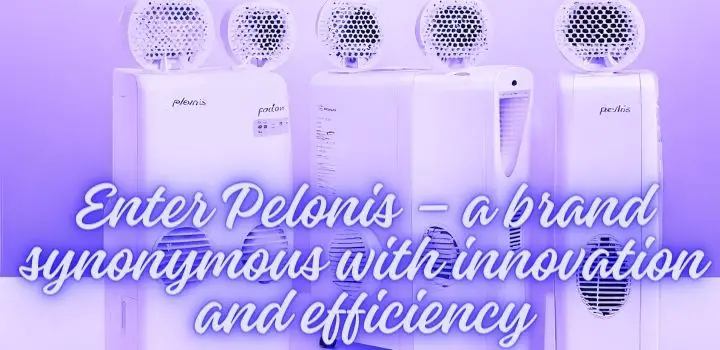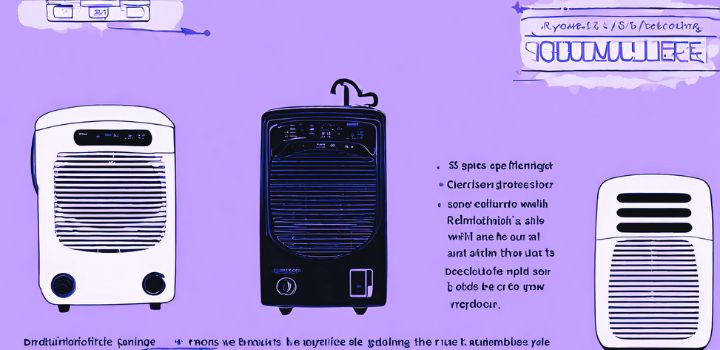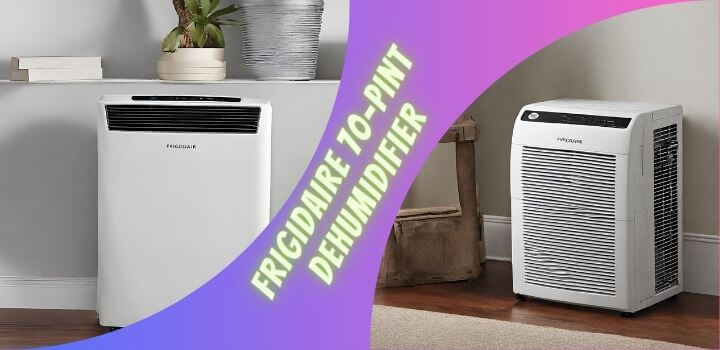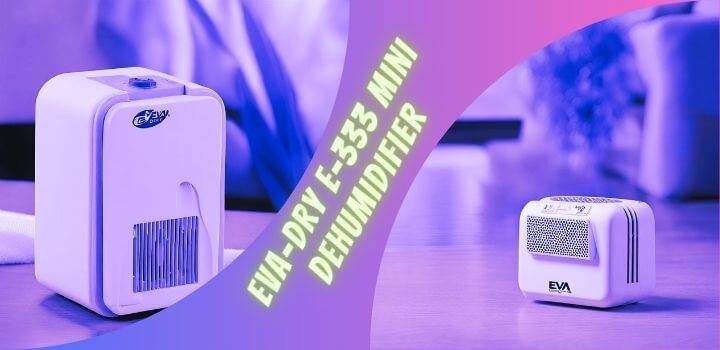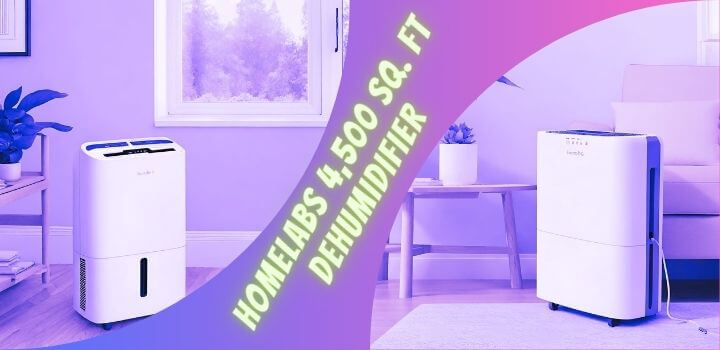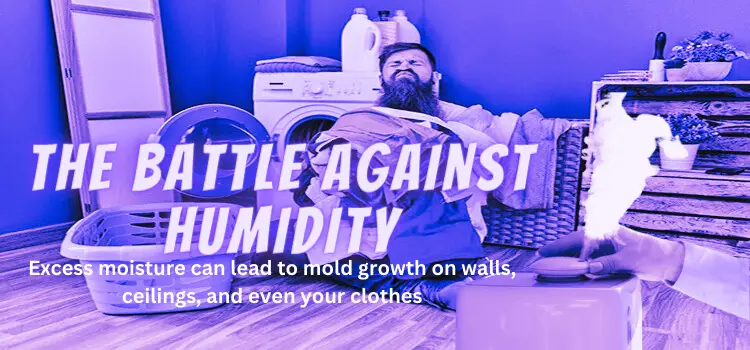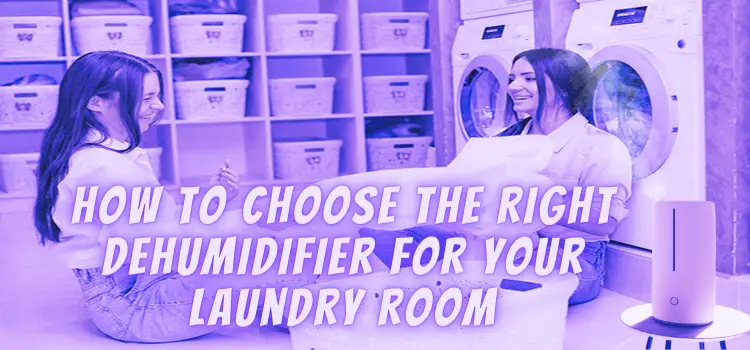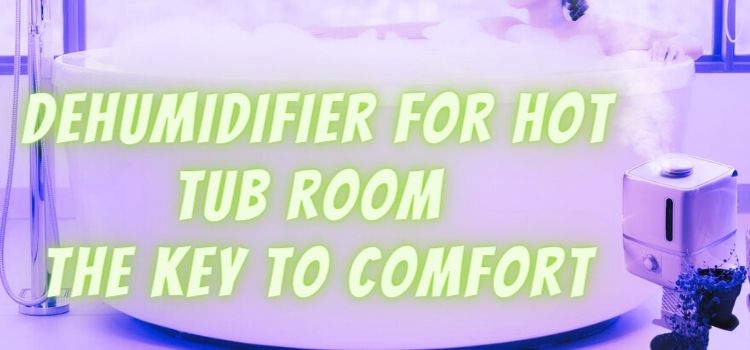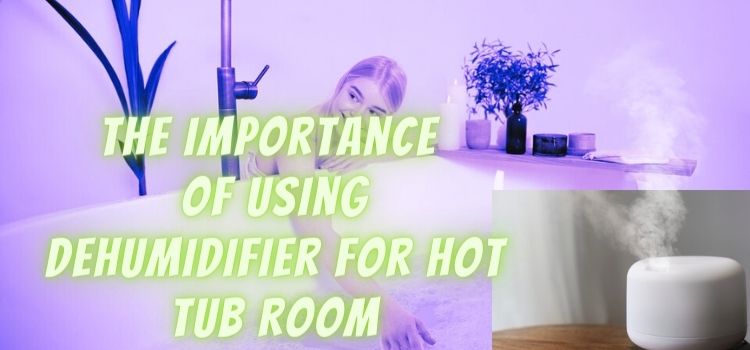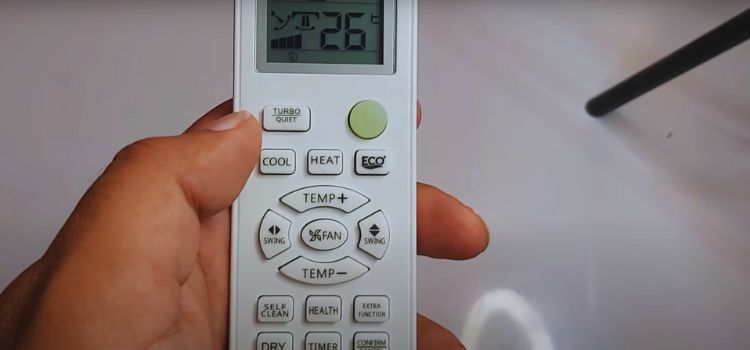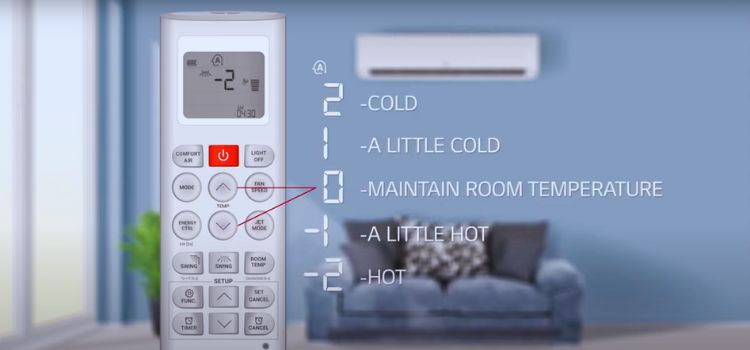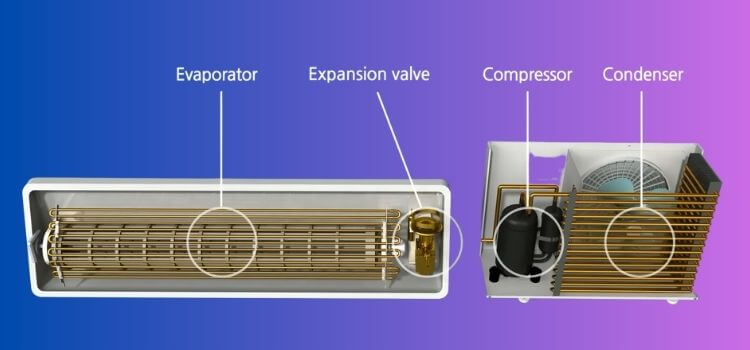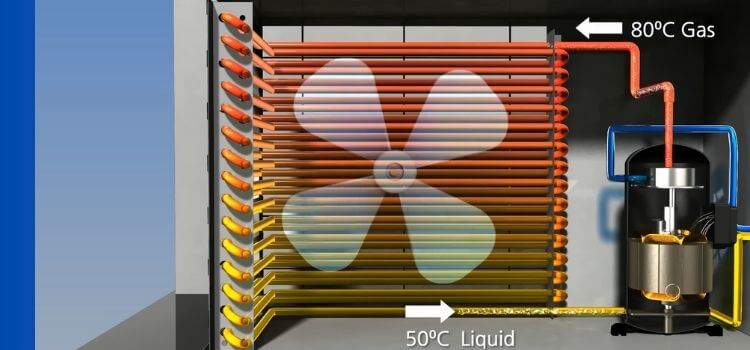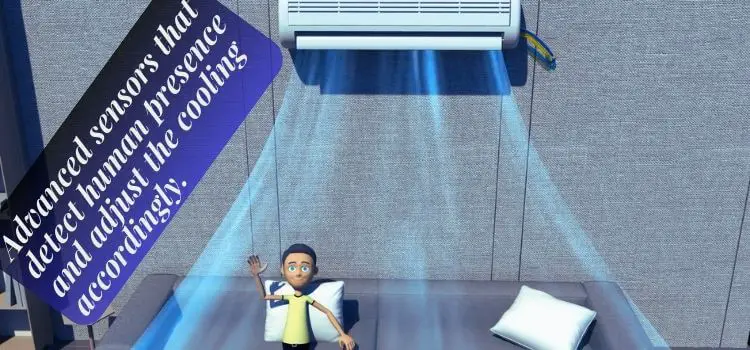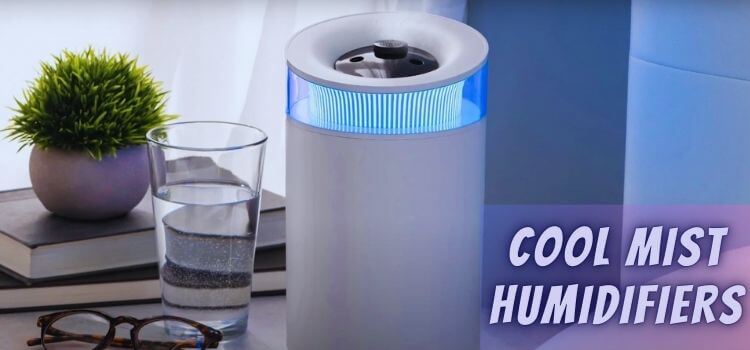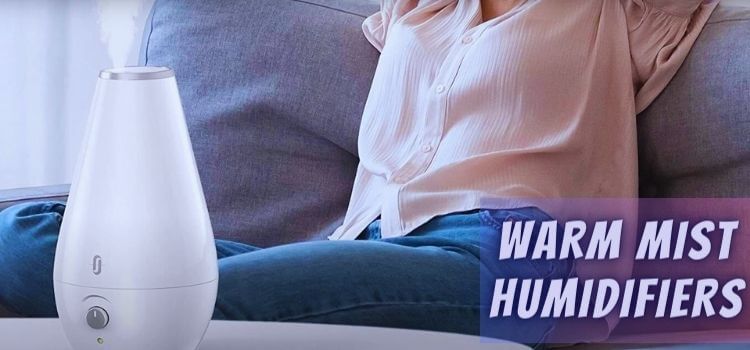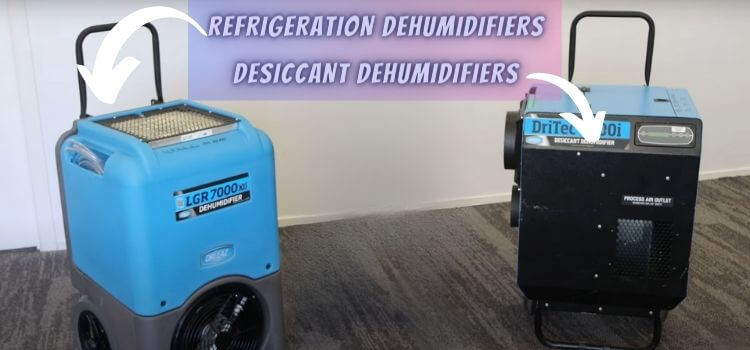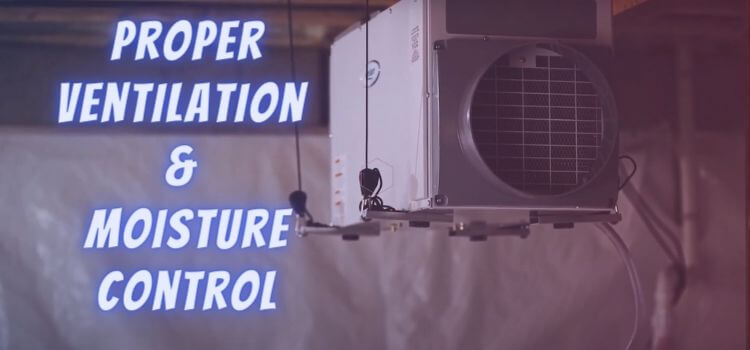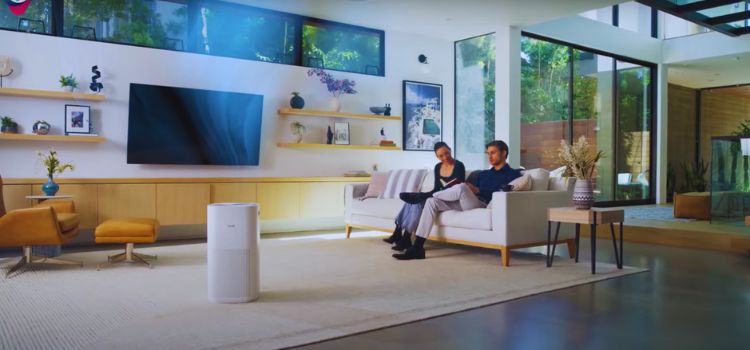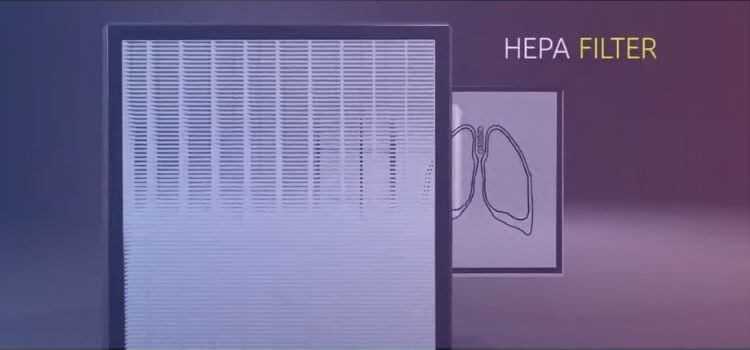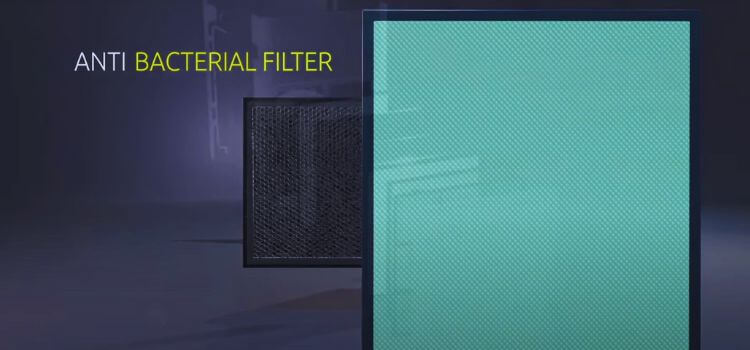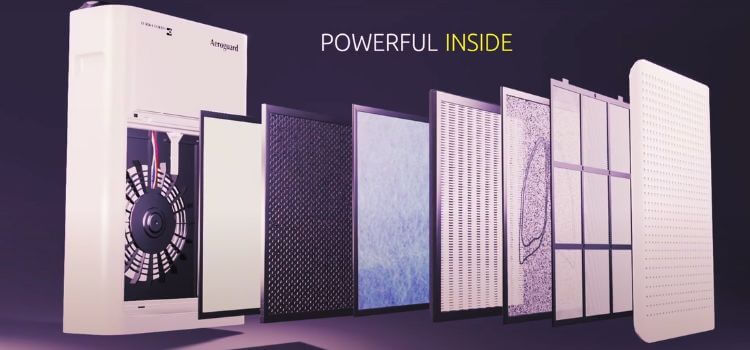Radon, a radioactive gas, is a silent intruder in our homes, posing severe health risks when undetected. In this guide, we explore the significance of air purification, key features of the Best Radon Air Purifier, and personal insights to help you make an informed decision.
Understanding The Best Radon Air Purifier
Radon, a silent and potentially hazardous intruder, necessitates a closer look when it comes to ensuring the efficacy of the best radon air purifiers. In this section, we will unravel the nuances of radon, its implications for indoor air quality, and why choosing a specialized air purifier for Voc remove.
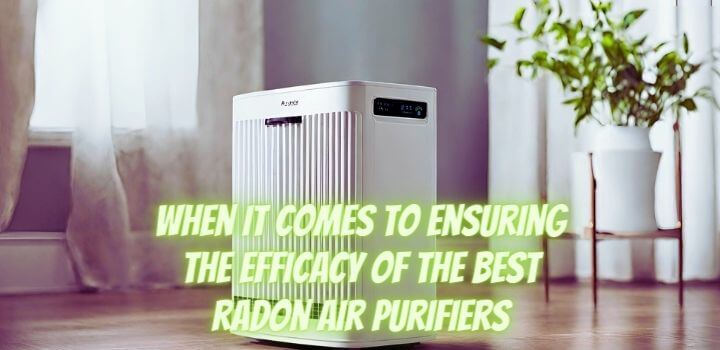
Decoding Radon’s Threat
Radon is a colorless, odorless gas produced by the natural decay of uranium in soil and rocks. Its entry into our living spaces poses health risks, primarily an elevated risk of lung cancer. As radon seeps through the ground and infiltrates homes, it accumulates to levels that, if left unaddressed, can become a serious concern.
The Covert Intrusion
Understanding how radon infiltrates our homes is crucial for effective mitigation. Radon enters through the foundation, exploiting any cracks, gaps, or other openings. It can also dissolve in water, posing a risk when released into the air during routine household activities.
Detecting radon is challenging due to its elusive nature. This is where the significance of air purifiers tailored to handle radon becomes evident.
The Role of Specialized Air Purifiers in Radon Mitigation
1. Radon-Specific Filtration
The Best Radon Air Purifiers distinguish themselves through specialized filters designed explicitly for radon gas. High-efficiency particulate Air (HEPA) filters are particularly effective, trapping radon particles and preventing their release into your indoor air.
2. Continuous Monitoring
Modern air purifiers go beyond filtration by offering continuous monitoring of radon levels. This real-time data empowers homeowners to stay vigilant, taking prompt action if radon concentrations unexpectedly rise.
3. Comprehensive Indoor Air Quality Enhancement
While the primary focus is on radon, top-tier air purifiers address a spectrum of indoor pollutants. From common allergens to pet dander and volatile organic compounds (VOCs), these devices ensure a holistic improvement in indoor air quality.
Why Radon-Specific Purifiers Are Essential
Investing in an air purifier specifically engineered for radon is a proactive measure in safeguarding the health and well-being of your household. Conventional purifiers might lack the specialized features needed to effectively handle radon, making dedicated devices a crucial addition to your home.
In the following sections, we’ll explore the key features to prioritize when selecting the best radon air purifier, offering insights to guide you toward a choice that prioritizes both efficacy and peace of mind.
Importance of Air Purification
Understanding the paramount significance of air purification is crucial when selecting the best radon air purifiers. In this section, we’ll delve into why air purification is not only essential but a determining factor in ensuring the effectiveness of radon mitigation.
Why Air Purification is Necessary
The necessity of air purification goes beyond addressing radon concerns; it encompasses the broader spectrum of indoor pollutants. Properly maintaining air filters is essential to ensuring a healthy indoor air environment where you and your loved ones can breathe easily and exploring the best options to keep your indoor air crisp, clean, and formaldehyde-free. Here’s why it holds such importance:
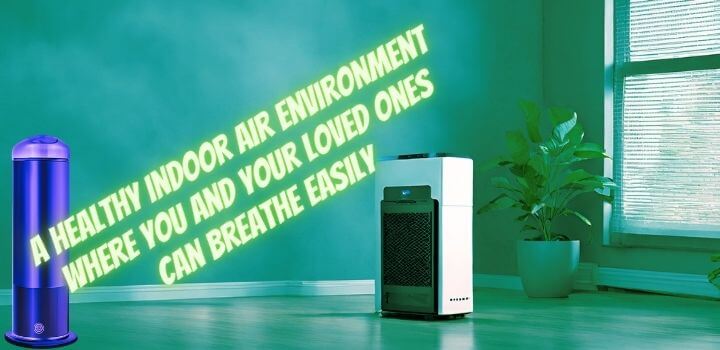
1. Radon Mitigation:
While the core objective is to reduce radon levels, the best radon air purifiers excel by employing advanced filtration systems. These systems are specifically designed to capture and neutralize radon particles, providing a comprehensive solution to this silent threat.
2. Allergen Reduction:
Indoor air is often laden with allergens like dust mites, pollen, and pet dander. The best radon air purifiers, in addition to targeting radon, effectively filter out these allergens, creating an environment conducive to respiratory health.
3. VOCs and Odor Elimination for the best radon air purifiers :
Volatility Organic Compounds (VOCs) and unpleasant odors can compromise indoor air quality. The best air purifiers integrate activated carbon technology, neutralizing VOCs and ensuring your living space smells fresh and clean.
4. Respiratory Health Improvement:
Clean indoor air contributes significantly to respiratory well-being. The best radon air purifiers enhance air quality by removing particulate matter, reducing the risk of respiratory issues, and providing a breathable environment.
The Role of Air Purifiers in Safeguarding Health
The importance of air purification extends to the overall health and well-being of occupants:
1. Preventing Health Complications:
Prolonged exposure to elevated radon levels poses serious health risks, particularly an increased risk of lung cancer. Air purifiers, by effectively reducing radon concentrations, play a crucial role in preventing associated health complications.
2. Enhancing Quality of Life:
Beyond mitigating radon, air purifiers contribute to an improved quality of life. Cleaner air means fewer respiratory issues, better sleep quality, and an overall healthier living environment.
3. Peace of Mind:
Investing in the best radon air purifier not only addresses health concerns but also provides peace of mind. Knowing that your indoor air is consistently monitored and purified allows you to focus on enjoying your living space without worrying about hidden threats.
In the subsequent sections, we’ll explore the specific features to look for in the best radon air purifiers, ensuring you make a choice that not only targets radon effectively but enhances the overall indoor air quality for a healthier home.
Features to Look For in the Best Radon Air Purifier
When on the hunt for the Best Radon Air Purifier, navigating through the sea of options can be overwhelming. What features should you prioritize to ensure you’re making the right choice for your home? Let’s break it down:
HEPA Filters: The Gold Standard
HEPA filters are the superheroes of air purification. They are designed to capture particles as small as 0.3 microns, making them incredibly effective against radon. When shopping for the best radon air purifier, prioritize models with HEPA filters to ensure thorough and efficient filtration.
Activated Carbon Technology: Odor Elimination
Beyond radon, activated carbon technology is your ally against unwanted odors. This feature neutralizes smells, leaving your indoor air not only radon-free but also pleasantly fresh. It’s a must-have for creating a truly inviting and clean living environment.
3. Noise Levels: Peaceful Purification
The best radon air purifiers operate quietly in the background, ensuring minimal disruption to your daily life. Check product specifications for noise levels, and opt for a purifier that blends seamlessly into your home without creating unnecessary noise.
4. Energy Consumption: Efficient Operation
In a world where sustainability matters, selecting an energy-efficient air purifier is a smart move. Look for models with the ENERGY STAR label or those explicitly designed for low energy consumption. This ensures that while you’re prioritizing clean air, you’re also being mindful of your energy footprint.
5. Coverage Area: Room Size Considerations
The effectiveness of a radon air purifier is closely tied to its coverage area. Before making a purchase, measure the square footage of the room where the purifier will be placed. Choose a model that can efficiently handle the size of your space for optimal radon removal.
6. Filter Replacement Indicators: Hassle-Free Maintenance
Maintenance is key to the continued effectiveness of your radon air purifier. Models with filter replacement indicators take the guesswork out of maintenance, notifying you when it’s time to change filters. This feature ensures that your purifier is consistently operating at its best.
7. Cost of Replacement Filters: Long-Term Affordability
While the initial cost of the purifier is a significant factor, don’t overlook the expenses associated with filter replacements. Check the cost and availability of replacement filters for the specific model you’re considering. Choosing a purifier with affordable and readily available filters contributes to long-term affordability.
8. Air Quality Sensors: Smart Monitoring
Advanced technology has found its place in air purifiers. Models with built-in air quality sensors monitor the purity of your indoor air in real-time. This smart feature adjusts the purification level based on detected pollutants, ensuring an adaptive and efficient operation.
9. Portability and Design: Seamless Integration
Your radon air purifier doesn’t need to be an eyesore. Look for models that seamlessly integrate into your home’s aesthetics. Additionally, consider the purifier’s portability, especially if you plan to move it between rooms. A well-designed and portable unit ensures flexibility in optimizing air quality throughout your living space.
10. Warranty and Customer Support: Assurance and Assistance
A reliable warranty and accessible customer support provide peace of mind. Look for purifiers backed by a solid warranty, and investigate the responsiveness of the manufacturer’s customer support. This ensures that if any issues arise, you have the assurance and assistance needed for a swift resolution.
By keeping these features in mind, you’re well-equipped to select the best radon air purifier for your home, promoting not only a radon-free environment but also overall clean and healthy indoor air.
Top-rated Radon Air Purifier
Brand A: Cutting-edge Technology
Known for innovation, Brand A integrates cutting-edge technology to offer advanced radon filtration. User reviews commend its effectiveness and ease of use.
Brand B: Affordable and Efficient
For those on a budget, Brand B provides an affordable yet efficient solution. It meets industry standards for radon removal and ensures your family’s well-being without breaking the bank.
Personal Experiences
Testimonials from Users
Users share their experiences, emphasizing the positive impact of radon air purifiers on their health. Real-life stories highlight the tangible benefits, fostering confidence in your decision-making.
Real-world Results
Exploring real-world results showcases the transformative power of these purifiers. Common outcomes reported by users are improved air quality, reduced health issues, and peace of mind.
How to Choose the Best Radon Air Purifier
Room Size Considerations for the best radon air purifier
Selecting the right-sized purifier for your room ensures optimal performance. Calculate the square footage and choose a cleaner that matches your room size for effective radon removal.
Budget-Friendly Options
While considering features, find a balance with your budget. Numerous effective options cater to various price ranges, allowing you to prioritize both health and financial well-being.
Long-Term Maintenance
Understanding the maintenance requirements is crucial. Regular filter replacements and proper upkeep guarantee the continuous effectiveness of your chosen radon air purifier.
Conclusion
In conclusion, investing in the best radon air purifier is a proactive step toward ensuring a healthy indoor environment. By understanding radon, recognizing essential features, and exploring top-rated brands, you empower yourself to make a decision that prioritizes the well-being of your loved ones.
FAQs of Best Radon Air Purifier
Yes, air purifiers equipped with HEPA filters can effectively eliminate radon particles, ensuring clean and safe indoor air.
Yes, most air purifiers come with user-friendly installation instructions, allowing you to set them up without professional assistance.
The lifespan varies but is typically around 5-10 years. Regular maintenance and timely filter replacements extend the purifier’s longevity.
No, effectiveness varies among models. Research and choose a purifier with specific features designed to combat radon and other pollutants effectively.
When used correctly, air purifiers have no harmful side effects. However, individuals with respiratory conditions should consult a healthcare professional before use.
